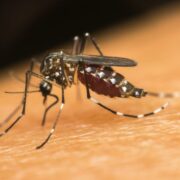‘Hiugyon’: Our farm-to-table collab dinner in Bacolod
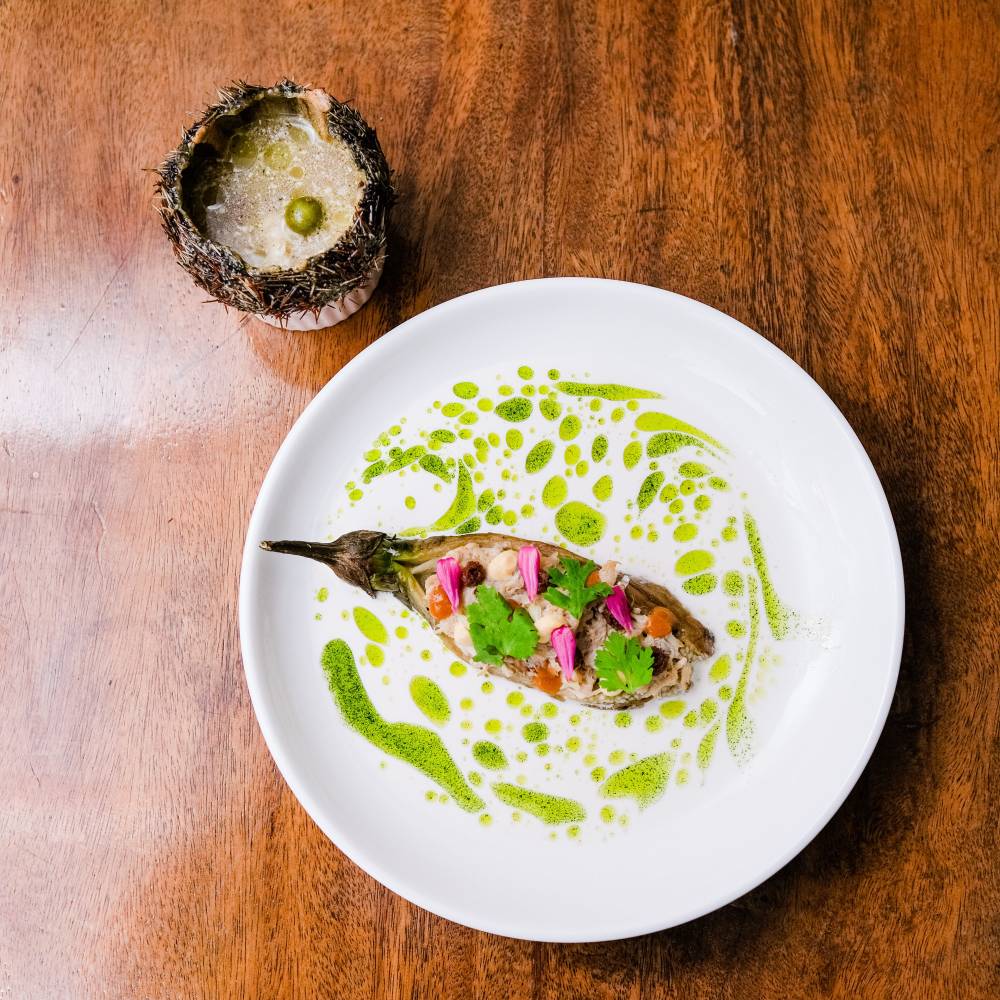
“We couldn’t have thought of a better name,” I said to the close to 50 guests in attendance at Lanai Restaurant on Araneta Highway in Bacolod the first Tuesday of September.
“Hiugyon” was what our one-night-only, six-hands dinner was called, which in the local dialect means to cooperate, unite or work together. “It was appropriate as it was a collaboration not only between chefs Bettina Arguelles, Rhea Rizzo and I, and the efficient team of the restaurant, but also between us and the farmers we met prior to the event.”
Thanks to warm and welcoming couple Ramon and Francine Uy of Lanai Restaurant and Fresh Start Organics, we had the luxury of touring some of Negros Occidental’s farms, which operate under the principles of the Slow Food movement, which is a good, clean and fair approach to food.
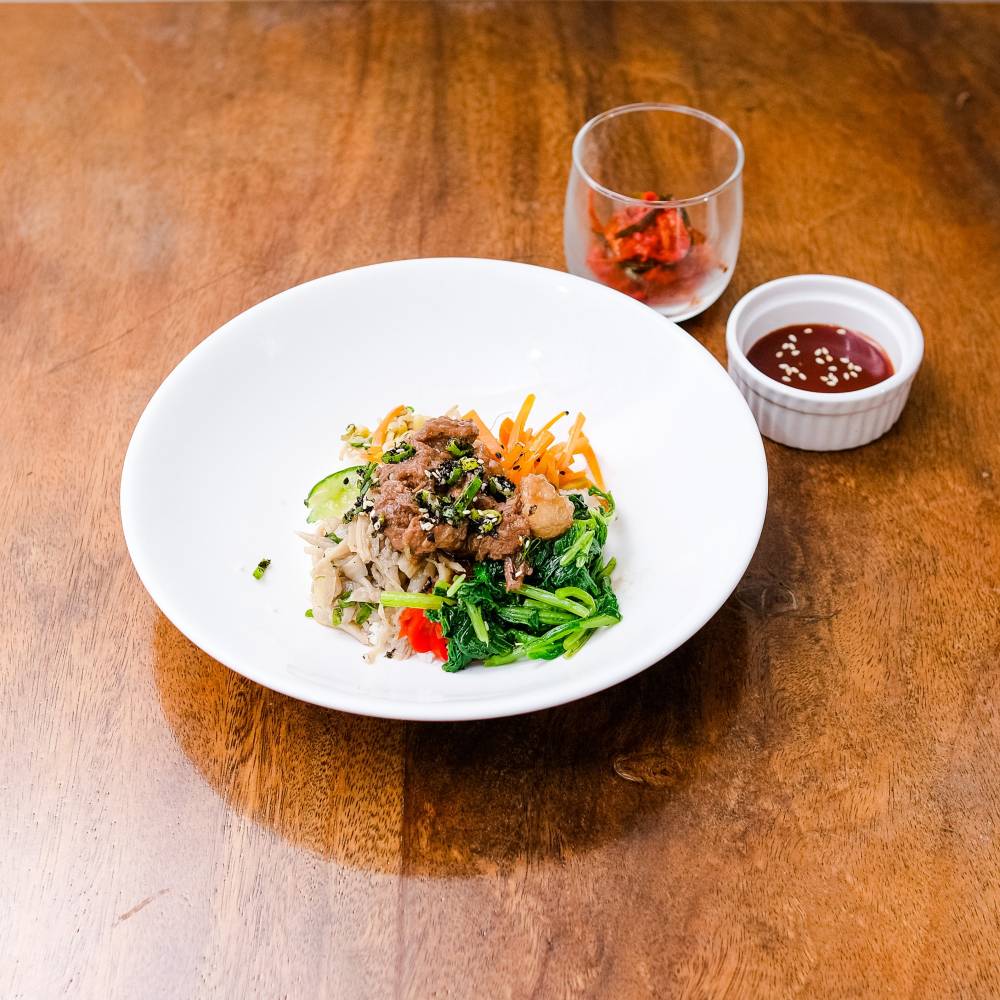
‘Pagtatala’
As soon as we landed, we drove straight to the town of EB Magalona where we saw a community hard at work, picking the meat off a ton of prized pinchers. It’s the plant of the Saravia Blue Crab Inc., which manufactures export-quality pasteurized canned blue swimming crab meat. They cooked the meat at around 8 a.m., straight from an early morning harvest, and we arrived just in time for meticulous hand-picking and separating the meat according to parts. There, we learned that the flower, found in the ribs of the crab, is the most precious part as it’s meaty and nice in presentation.
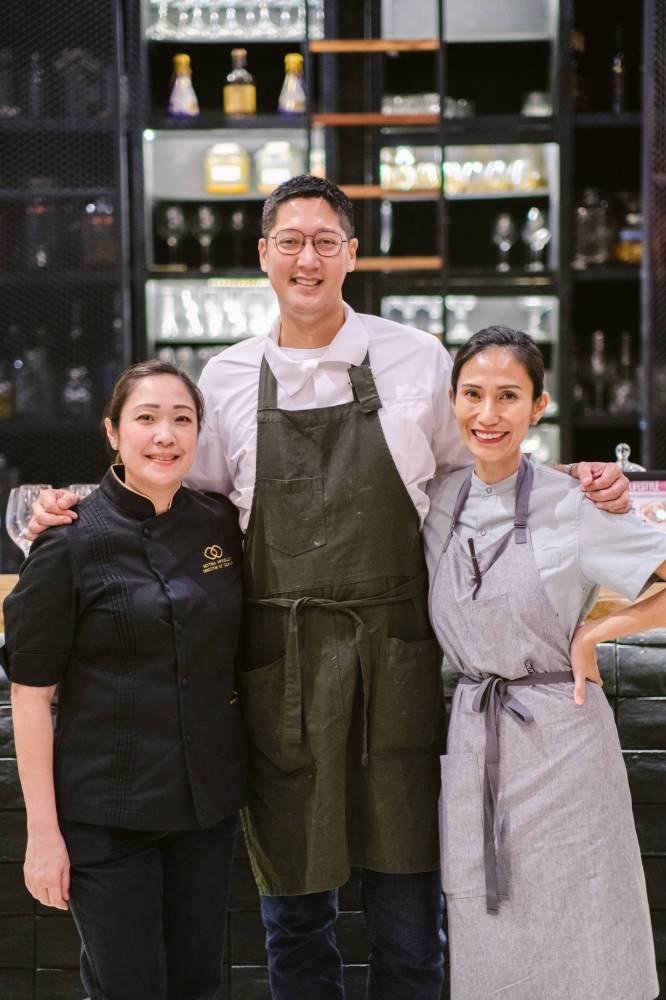
The following day, we headed to Barangay Poblacion Dos in Sagay to demystify those lapad bottles we often see in wet markets, filled with small white clams called batitis. The ladies in the rural neighborhood get together to open each one up using a slightly bigger half shell, a process they call pagtatala, then store them in water overnight to purge. They’re drained, tossed in coconut vinegar, then drained again before being placed in bottles with salt, ginger and more vinegar.
In Bago, the people from the Mailum Organic Village Association demonstrated how they make pinipig. First, they do a celebratory dance while stomping on the stalks to separate the grains, which are then winnowed to remove the chaff. The immature kernels are then toasted then pounded using a giant wooden mortar and pestle.
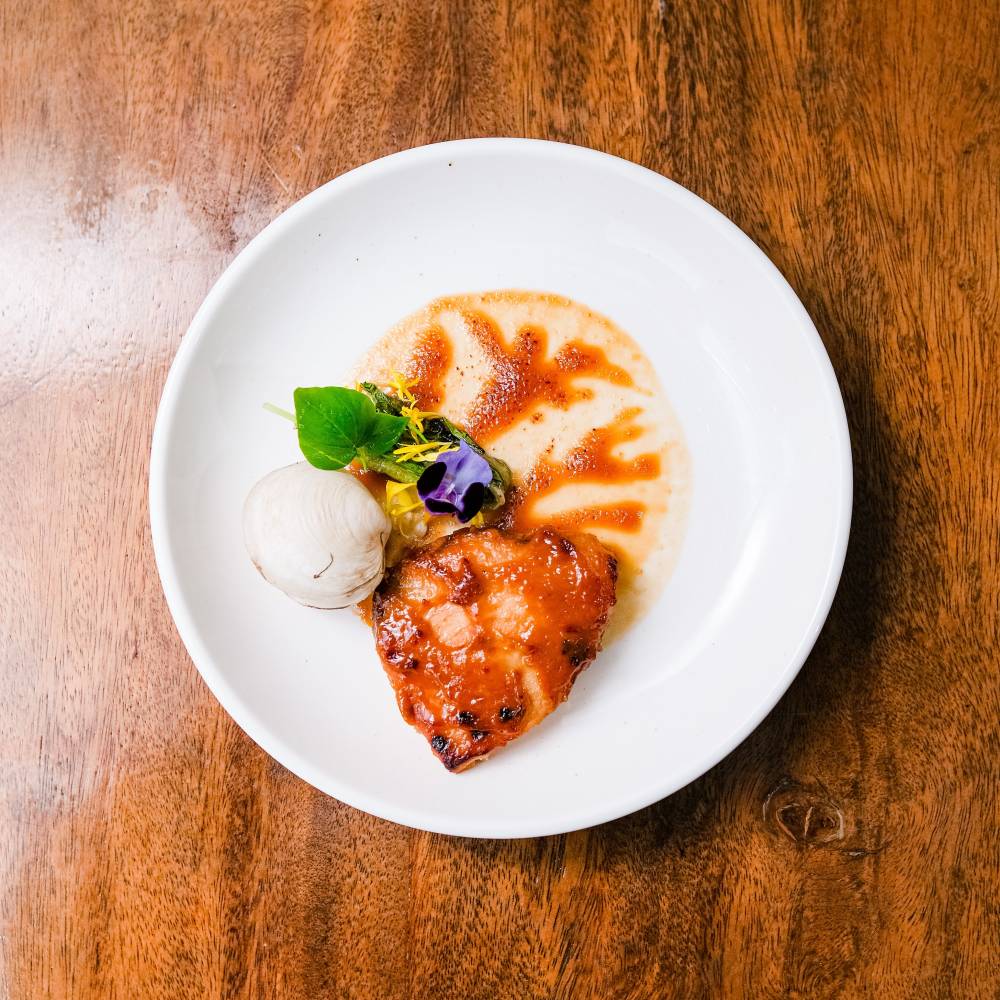
While this was happening, we also witnessed how to prep live mottled eels, also known as sili. They are first rubbed with salt or guava leaves to get rid of the slime, then sliced open with a sharp knife to get rid of the blood and innards.
On this trip, we also trekked to Barangay Minoyan in Murcia to hang out with Teddy Cañete of the Sugar Valley Native Coffee. As the head of the Slow Food Coffee Coalition, the katutubo showed us the process starting from the bean, and also told us their plight as coffee farmers. A startling and alarming fact is that 85 percent of Filipinos subscribe to imported coffee, a number his team of producers, roasters and baristas are hoping to change soon.
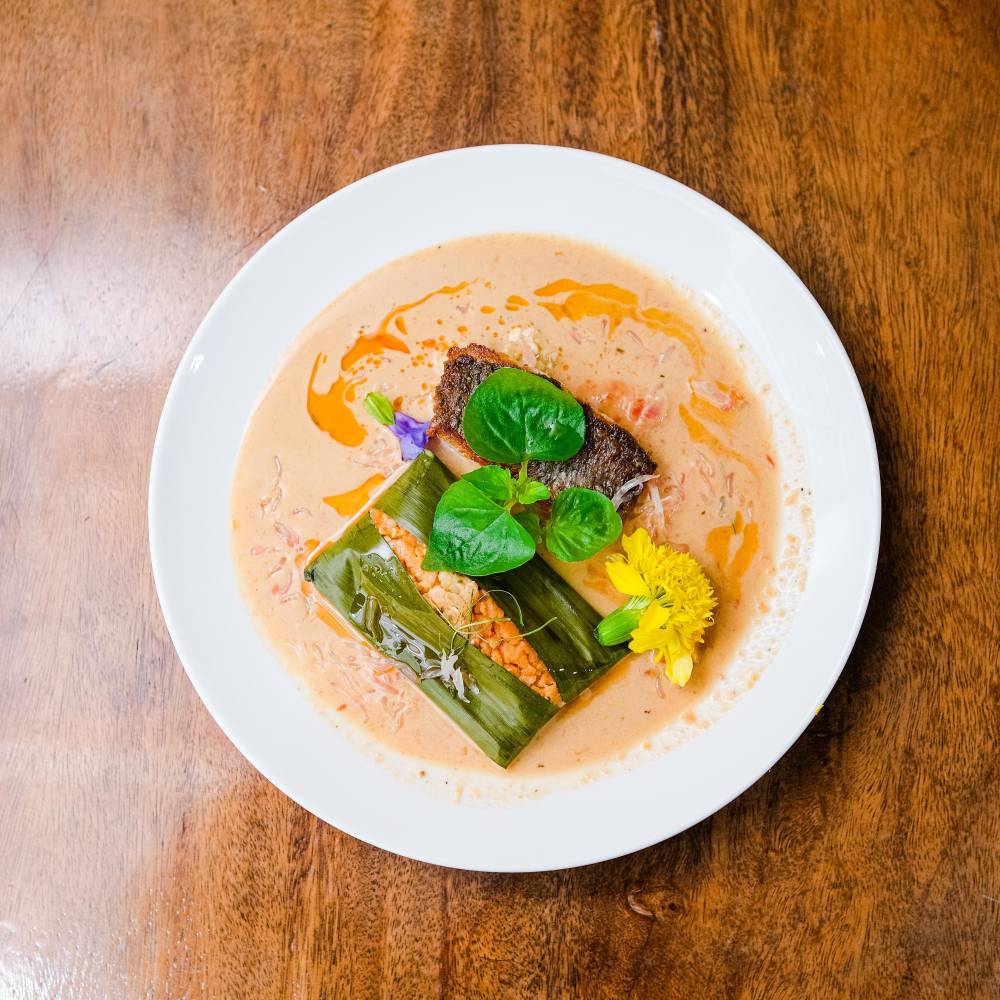
Local ingredients
“We collaborate with Manila-based chefs to showcase the incredible diversity and richness of ingredients from Negros. By combining these local ingredients with the innovative skills of the chefs, we highlight the island’s potential,” says Francine.
I kicked off the six-course menu with my personal take on a 2023 trend—beef tongue skewers. Mine was marinated and glazed with Pinoy barbecue sauce, sprinkled with umami crumbs, complemented with pickled cucumber and fresh pineapple, then served with the flavorful bak kut teh-like broth the tongue was cooked in.
Bettina followed it up with a blue marlin slathered with a miso glaze and served with chargrilled organic romaine to echo the smokiness of the broiled fish. On the side was an unctuous fricassee of Sagay imbao, cooked in soy sauce, butter and chives, highlighting the creamy and briny quality of the clams.
Rhea served roasted organic eggplants with sustainable blue crab, begukan babi sauce and calamansi vinaigrette, alongside Sagay sea urchin and stracciatella soup.
My main course was a dish aptly named BibimBac, a play on the Korean bibimbap. I was inspired by our stroll through the fertile Fresh Start farm. This was further enhanced by Negros grass-fed beef, and rounded out by the humble yet unbelievable tinigib corn.
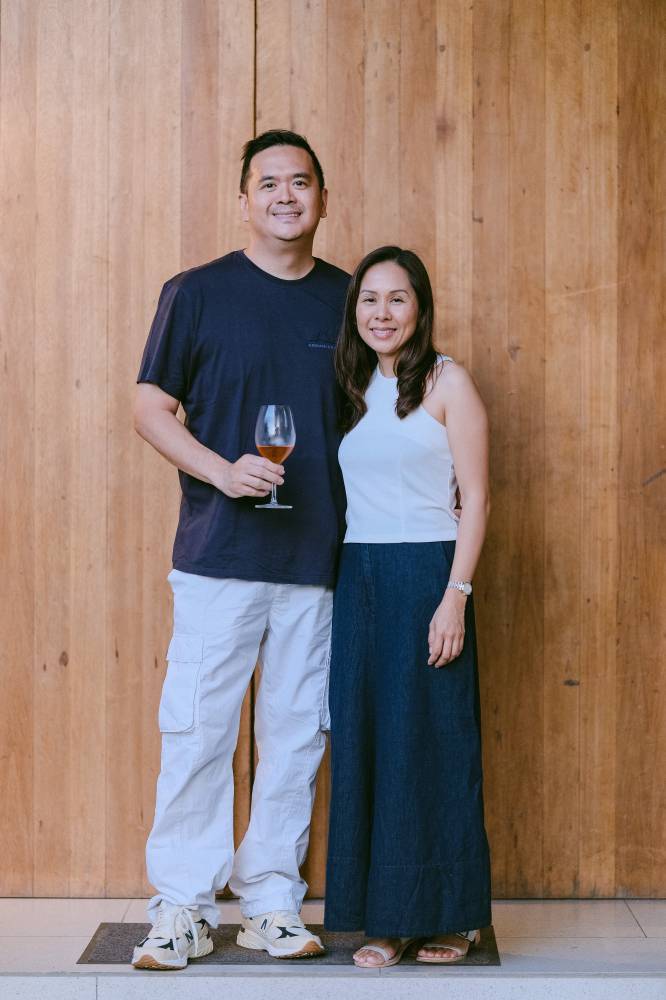
The last of the savory courses was by Rhea and it came in the form of a curry: pan-fried sea bass from 7 Hectares, Thai chili relish, crab fat rice and shrimp butter.
To end the meal, I did a hybrid of coffee jelly and sago gula melaka. Mt. Kanlaon coffee was set naturally in glass, topped with a scoop of salted gula melaka ice cream, tapioca tinted with blue peas and a crumble of otap and pinipig for texture.
To learn more about Slow Food, visit slowfood.com. To inquire about or book Slow Food Travel in Negros, contact Reena Gamboa at 0922-8534430.
Food festival
Philippine Tatler’s signature food festival is back and is slated to be held at the Shangri-La at The Fort in BGC on Sept. 27 and Sept. 28. The annual event allows Manila’s top chefs to hiugyon for an epic gustatory feast.
Among the team-ups are Chele Gonzalez and Miko Calo, Josh Boutwood and the boys from Hapag (Thirdy Dolatre and John Kevin Navoa), as well as Aaron Isip and Celera’s Nicco Santos and Quenee Vilar.
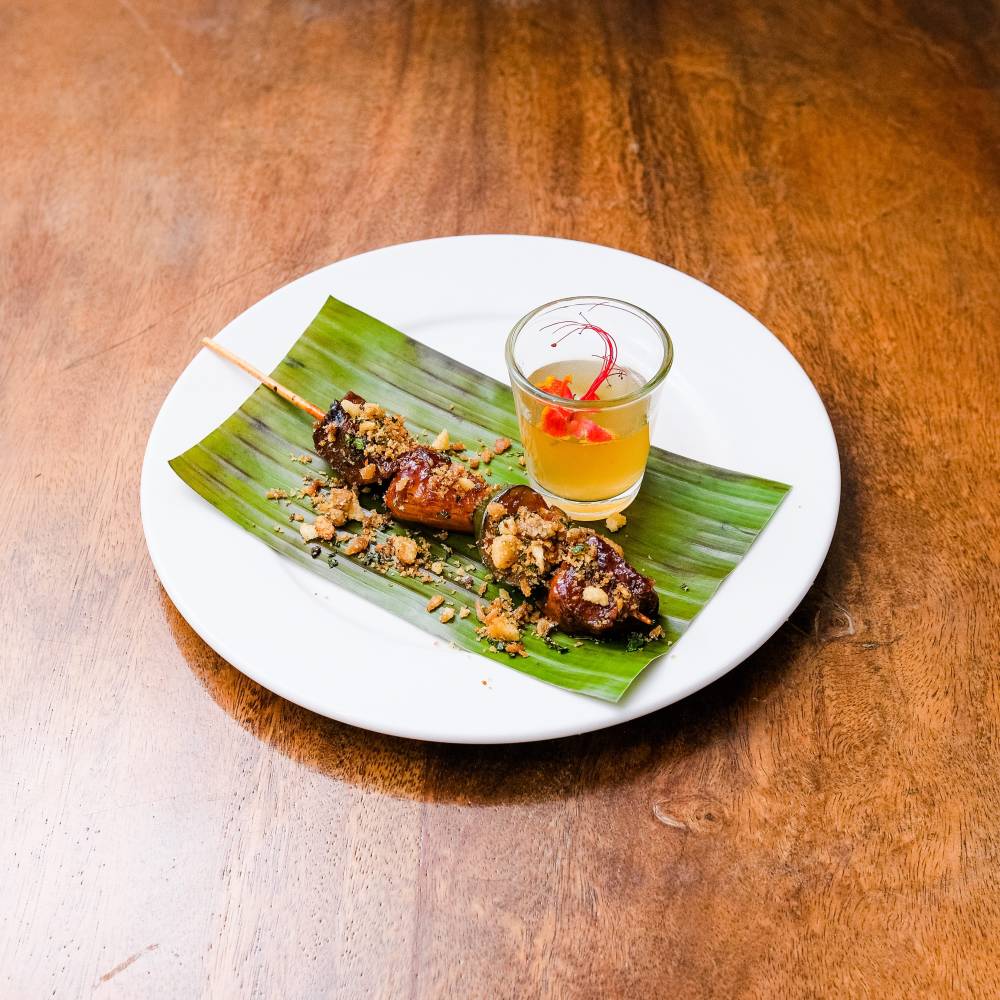
Complementing the food are live music from a DJ and unlimited drinks.
Tickets to Tatler’s Off Menu are available to the public (@tatlerdiningph on Instagram).
Follow the author @fooddudeph on Instagram.
Angelo Comsti writes the Inquirer Lifestyle column Tall Order. He was editor of F&B Report magazine.












